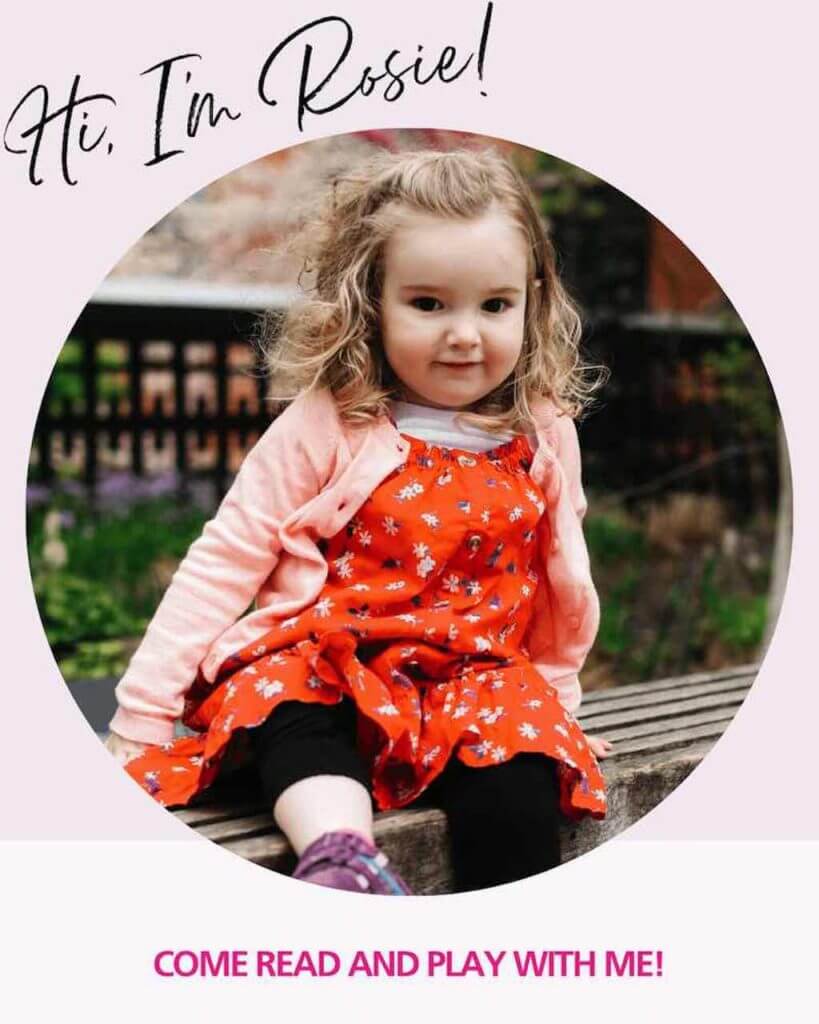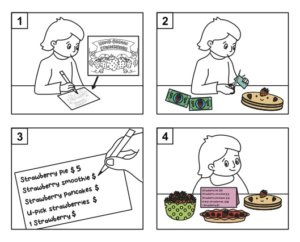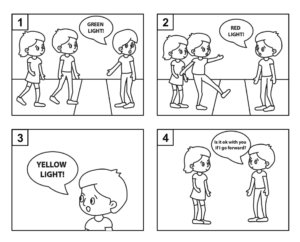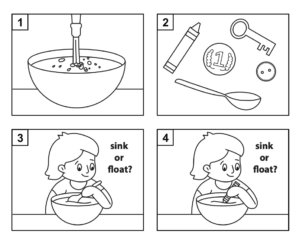This trace the alphabet PDF is a FREE printable that covers every single letter in the alphabet from A to Z. Download it now — enter your email below and click download now!
Grab a pencil and print these alphabet tracing worksheets pdf free download to learn to write capital letters and lower case letters. You can print one page at a time or make an alphabet book of your own by printing all the alphabet worksheets pdf pages at once.
This alphabet handwriting worksheets a to z pdf provides plenty of opportunities to talk about how to hold a pencil or crayon, how to trace lines to make letters, and how letters can make words. It’s also a great opportunity to introduce the alphabet at a pace that works and resonates best with your child.

This free printable alphabet preschool worksheets also encourage talks about the sounds letters make, learning where the sound is in a word (beginning, middle, or end), and identifying letters used within a word, as well as letters we see in our everyday lives.
Alphabet Tracing Worksheets A to Z
This downloadable alphabet tracing worksheets a to z book includes a letter tracing pdf for every letter of the alphabet. There is one page per letter, which includes that letter in upper and lower case.
How Tracing Helps Children
Are you wondering how tracing helps children? While tracing may look easy, it requires real effort from little kids. Sure, a child is running their pencil or crayon over an already existing line but in the process, he or she is practicing holding that writing tool, learning that lines can form objects and words, and sharpening their fine motor skills — not to mention, tracing is a fun and educational activity!
Tracing is an effective way to teach handwriting. By having a child trace line pattern, paths, or find their way through a simple maze they are developing their understanding and their response to paper and pencil — and to the world. Preschool tracing worksheets can also help your child learn movements from left to right and top to bottom. Plus, if a child is tracing a word, and following each letter as it appears on the page, then the child is learning that letters can come together to make words and that words are written from left to right.
Tracing Letters Helps Letter Identification
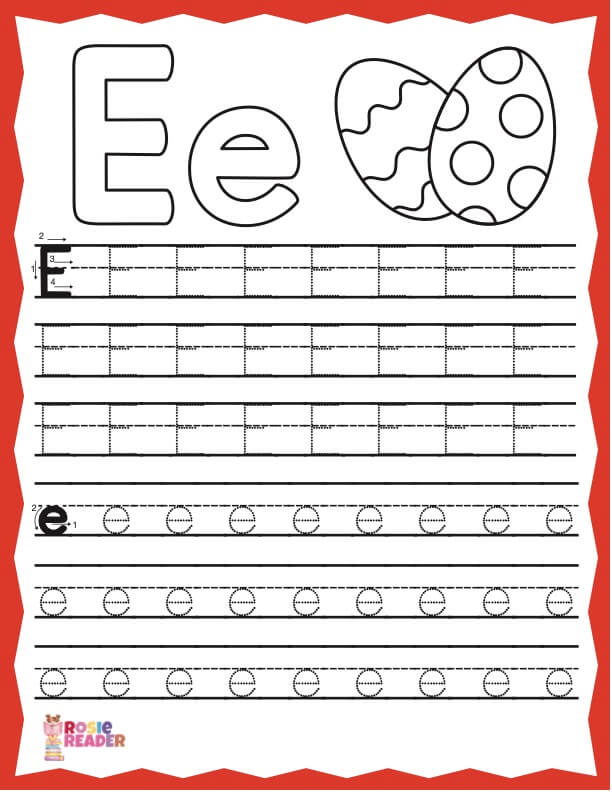
By tracing letters, children will begin to identify the letters. When a child traces a letter they aren’t just seeing a letter in a book that is being read to them, instead they are becoming familiar with a letter in a much more personal and engaged way. In some ways it feels they have earned that letter recognition because they drew a line from top to bottom to start a capital B, or carefully curved their fingers to make a letter c. The letters become part of their visual memory and their muscle memory.
How Can Parents Help Kids Learn Their Letters?
How can parents help kids learn their letters? Read!
Books are a great way to help kids learn their letters. When you read with your child, sit together, so that both you and your child are facing the written pages. Gently move your finger along the words you read so your child begins to associate the sounds to the words you are reading.
Before you turn the page:
- Point out some letters. If you’re working on the letter A, have you child point out everywhere he or she sees a letter A.
- Ask questions. Ask your child where in the word the letter appears. Is it at the beginning, middle or end? For instance, if the word is jam, consider asking how many letters make up the word jam? What letters make up the word jam? If you’re studying the letter A ask where A is in the word? Is it a capital A or a lower case a?
- Sound it out. Find a word or two of interest and have your child name the letters, then sound out that word: j-a-m, jam. Are there other words on the page where the A is in the middle?
- Encourage your child to turn the page. By assigning a small task like page turning, a child has an important role in the story reading process.
What are some educational toys that help prepare kids for writing?
Around here, we love these toys, as they’ve helped Rosie learn her letters, practice how to hold a pencil, and helped with writing movements.
Creative Ways to Teach the Alphabet
As your begins to engage with the alphabet, letter recognition increases. Like anything, the more time we focus on something, the more our understanding grows. That said, with little kids ages 3 to 5, it’s really important that you make learning feel like play to maximize those pockets of strong attention.
We all know that early childhood is a crucial period for a child’s cognitive and educational development. Recognizing letters is the foundation upon which reading and writing skills are built. Our FAVORITE way to learn letter recognition, aside from reading — is playing with custom puzzles! WE. HAVE. SO. MANY.
What is the Significance of Letter Recognition?
Foundation for Literacy: Letter recognition is the first step toward developing literacy skills. Children who can recognize letters are better prepared to learn how to read and write. It paves the way for decoding words and comprehending written language.
Improve Communication Skills: Understanding letters facilitates communication. When kids recognize letters, they can begin to express themselves through writing and engage in meaningful written exchanges with others.
Enhance Vocabulary Development: Letter recognition is closely linked to vocabulary growth. As children become familiar with letters, they can identify and understand new words more easily, expanding their vocabulary.
Boost Self-Confidence: Learning to recognize letters is an accomplishment for young children, and it boosts their self-esteem. It gives them a sense of achievement and encourages them to tackle more complex literacy tasks.
Prepare for School: Letter recognition is a fundamental skill that children will need when they start formal education. Knowing your letters before kindergarten sets kids up for huge success in the early stages of school.
How Puzzles Can Speed Up Letter Recognition
Personalized puzzles featuring a child’s name can be a valuable tool for teaching letter recognition to kids aged 3 to 5. Here’s how:
Engage Kids in Fun Learning: Children at this age learn best through play and exploration. Personalized puzzles are not only educational but also fun. And sure, the puzzles with the letters in their shapes are terrific starters… but remember to upgrade to a manageable-sized traditional puzzle so that kids are using their more embedded letter recognition skills, more than shape recognition.
Boost Familiarity with Names: Children are typically eager to learn about their names. Personalized puzzles incorporate a child’s name, making the learning experience more personal and meaningful. When a child sees their name on a puzzle, they want to identify the letters that form it.
Offer Hands-On Learning: Puzzles promote hands-on learning, which is vital for young children’s development. Manipulating puzzle pieces encourages fine motor skills, hand-eye coordination, and cognitive skills, all while focusing on letter recognition.
Provide a Customized Learning Experience: Personalized puzzles let you create a puzzle that matches your child’s current skill set. Beginners can start with puzzles that feature only a few letters from their name, gradually increasing the complexity as they progress.
Reinforce Learning: Repetition is key to mastering new skills. Personalized puzzles provide the opportunity for children to repeatedly see and work with the letters in their name, reinforcing their recognition.
Let Parent and Child Spend Quality Time: Completing a personalized puzzle can be a bonding activity for parents and children. Parents can actively engage with their kids, providing guidance and encouragement, which enhances the learning experience.
Boost Confidence: Successfully completing a puzzle, especially one with their name, instills a sense of accomplishment in children. It reinforces their self-esteem and confidence, encouraging them to explore further.
Help the Transition to Reading: Recognizing the letters in their name is a stepping stone to reading. Once children are confident with these letters, they can start connecting them to other words and eventually sentences.
In the end, teaching letter recognition to kids ages 3 to 5 is a critical component of their early education. It sets the stage for future literacy skills and enhances their overall cognitive development. Personalized puzzles with a child’s name are invaluable learning resources that combine education with fun, engagement, and personalization. These puzzles not only facilitate letter recognition but also promote fine motor skills, boost self-confidence, and foster parent-child interaction. It’s a win-win!
So, get that trace the alphabet PDF free — and then, check out the custom puzzles we make on Etsy!
